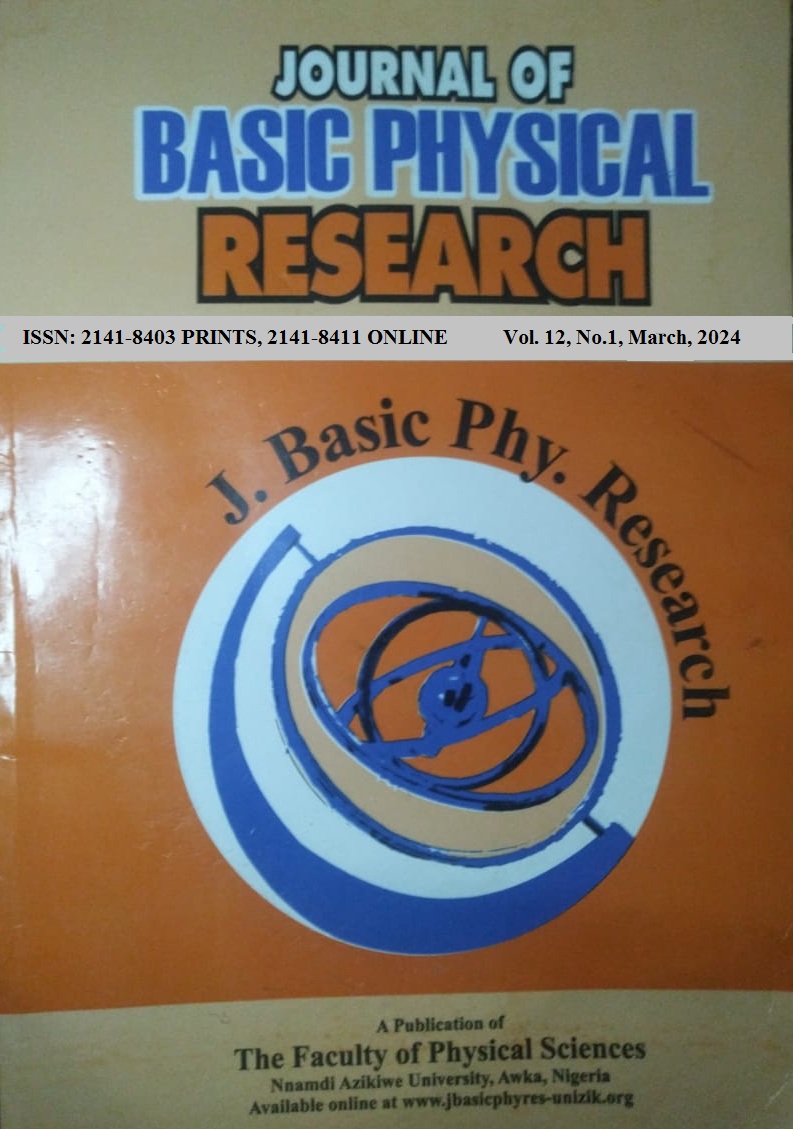FEASIBILITY OF HARNESSING WIND ENERGY USING SMALL WIND TURBINE ALONG HIGHWAY IN SOKOTO STATE, NIGERIA
Keywords:
wind turbine, wind speed, renewable energy, power generation, vertical axis wind turbine (VAWT), horizontal axis wind turbineAbstract
This research proposes to study the feasibility of harnessing and utilizing the usually unused vehicle-induced turbulence wind energy along some selected highways in Sokoto State, Nigeria. The methodology adopted is to average wind speed obtainable some distances away from the selected highways, and to investigate a suitable placement position of wind turbines using three (3) positional parameters. These are: lateral distances from the road edge; the heights above the ground level; and the orientation of the wind turbines relative to the road. The two initial parameters are set at , and for each position, where the later parameter is varied at , parallel and perpendicular to the road. These measurements were conducted using three (3) digital anemometers. The collected data were plotted for wind velocity versus time and were analysed to determine the most suitable position for sitting the small wind turbine for maximum wind energy extraction from force induced wind speed from accelerating vehicles. The identified optimum positions were: at side distance of from the road edge, distance height above ground level and at orientation relative to the road. Percentage difference between force induced wind speed and normal wind speed were also determined which proved that the recorded highest wind speeds at the considered roads are utilizable for power generation. These wind speeds, if properly harvested could provide a considerable amount of electricity that could power the highway street lights, roadside sign posts, machines for watering roadsides farms and telecommunication signalling.


